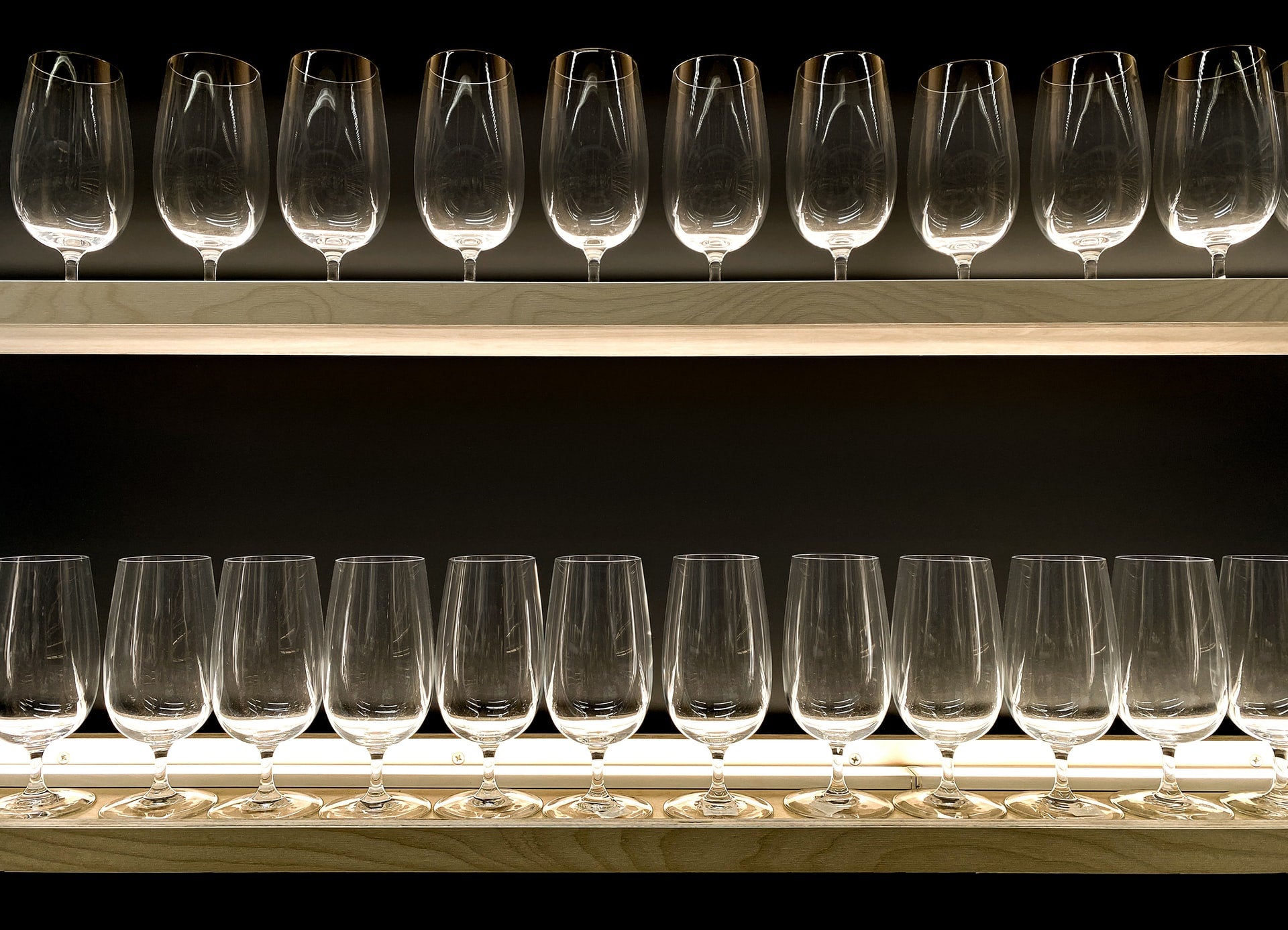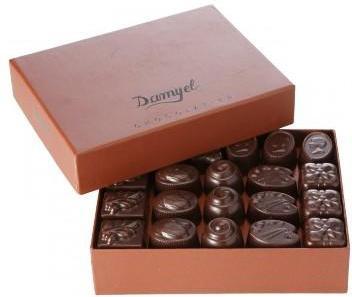
Does Wine Glass Shape Affect The Taste Of Alcohol?
Does The Shape Of Your Wine Glass Affect The Taste?
Just as there are a variety of fantastic kosher wines in the world, so too there is a plethora of wine glassware.
Glassware designed for wine is some of the most beautiful and varied. While its visual aesthetics evoke a sense of sophistication and tradition, the shapes of wine glasses are far from arbitrary.
When it comes to glassware; the tumbler, flute, goblet, chalice, and saucer etc. all have a purpose behind their shape. This is especially true of wine glasses.
You might have overheard wine specialists say that the shape of the glass affects the taste of the wine. Perhaps, you have wondered if it’s true. Well, Kosher Wine EU is here to tell you that for the most part yes, it is indeed true.
Just like any other homeware and dining apparatus, wine glasses are subject to changes in fashions. Some of these changes are purely to do with aesthetic trends. Changing tastes and fashion fads can influence the receptacle of your wine.
However, most traditional wine glass shapes do have a reason related to how they make the wine taste. In fact, each shape is designed to accentuate the taste of a particular kind of wine.
How Does Glass Shape Affect Taste?
When it comes to wine drinking, aroma is a highly crucial factor in the taste and enjoyment.
You’ve probably noticed how different wine tastes when you have a cold. That’s because your nose is as important as your tongue when it comes to tasting and that’s especially true for wine. Much of wine glassware design is based on concentrating aromas.
The vast majority of wine glasses consist of a bowl, a stem and a foot. The shape and length of the stem and the bowl play an important role in wine taste.
So, why do shapes of wine glasses vary so much?
Well, glasses designed for red wines typically have larger bowls because sense of smell is so vital in red wine drinking.
On all good wine glasses, you should notice a thin lip, so as to not impose on the mouth and take anything away from the experience.
Now, aroma is still important with white wine, yet most glasses designed for drinking white wine have smaller bowls. This is because temperature is especially important to the taste of white wines, and a smaller bowl helps maintain the desired temperature for longer.
Champagne and Sparkling Wine Glasses
There are fewer varieties of glass for Champagne, but each is very distinctive and hugely different.
The most common styles of Champagne glass are the vintage saucer shape, the iconic flute, and the tulip.
While most people associate Champagne with flutes, the saucer actually came first.
The original, vintage Champagne saucer is shorter than a flute with a shallow, wide bowl. This shape was all about releasing a big hit of flavour when sipping.
It had the desired effect, yet their openness had an unfortunate side effect of over-aerating the sparkling beverage. This dissipates the bubbles too quickly and you also lose a lot of the aroma, unless you’re a fast drinker.
The flute shape came into popularity for sparkling wine because it is all about maintaining the fizz and scent for as long as possible. One drawback is that it somewhat mutes the flavour and initial strong aroma because they are trapped in the narrow bowl.
The more modern tulip flute is a mix of both worlds to try to achieve a happy medium. The bowl’s curved shape encourages carbonation to rise and be well maintained. Yet, the slightly wider bowl provides more oxygen, which in turn allows for more nuanced flavours.
This is why the tulip glass is particular popular for aged bottles of Champagne with more complicated notes.
Glasses for Red and White Wine
There are even more different wine glasses than there are Champagne glasses. All have different length stems and sized bowls.
Most wine glasses have stems (compared to other glassware) in order to keep the bowl away from your hands. This is so temperature can be maintained. It is why you will tend to see longer stems on glasses designed for white wine, which is best served cold. You may notice shorter stems appearing on red wines.
Glass styles for red wines are the most diverse. This is because the shape has a lot to do with mitigating tannins, bitterness and spicy flavours, which are wildly different in each wine.
In recent years, some non-stemmed glasses have achieved popularity for wine. Interestingly, this has little to do with wine taste and more to do with convenience.
Non stemmed glasses fit in dishwashers more easily, are easier to clean by hand. They are also less prone to breaking, as well as being less easy to tip over.
Unfortunately, without a stem your hand will heat the wine and change the flavour.
Let’s analyse some examples of different wine glass shapes and how they help the flavour.
A Bordeaux glass style is usually the tallest style of wine glass. These styles are primarily quite long stemmed with a thinner bowl.
The reason is to accentuate the taste of Bordeaux wine by allowing the wine to travel quickly to the back of the tongue. This method is excellent for rich, full-bodied reds like Bordeaux. Sometimes these wines can be overpowering if all taste buds are exposed at once.
![]()
A Cabernet style glass has a wide bowl to enable utmost aeration. The optimisation of the aroma is the main goal in this glass.
Chardonnay style wine glasses do not have flared lips. They have a distinctive, simple U-shape and a medium stem.
They also are commonly shorter than other white wine glasses, for example a Sauvignon Blanc glass. This style of wine glass is tall and narrow with a lean bowl. It is excellent for maintaining wine temperature and concentrating the fruity flavours typically associated with a Sauvignon. An interesting feature is the rim of these glasses, which slant gradually inwards to create a funnel.
Next time you’re shopping for new glassware, you may want to pay attention to its shape. While choosing for aesthetics is fine, if you tend to favour a particular kind of wine, you could buy the glass that best compliments its flavour.





